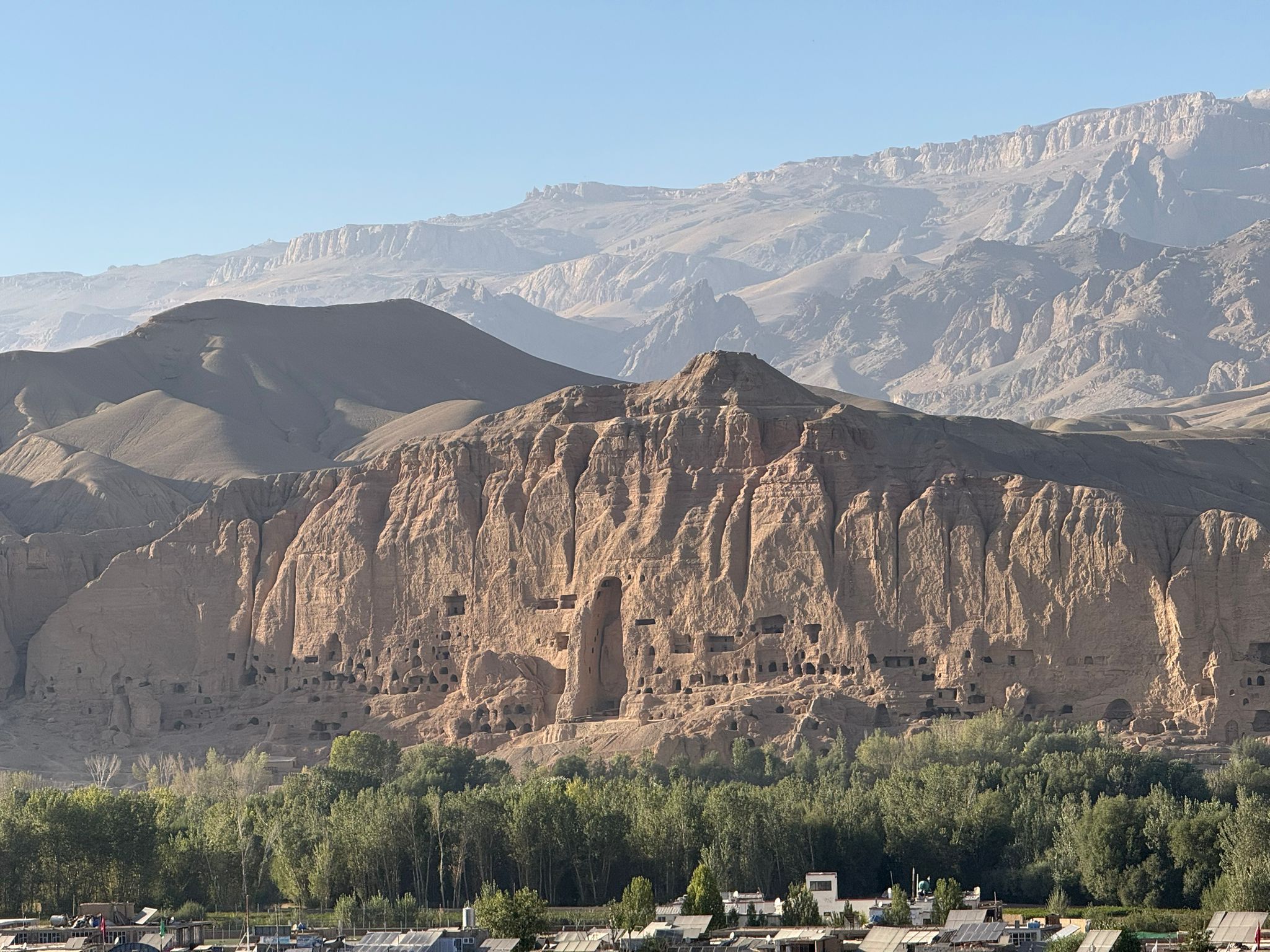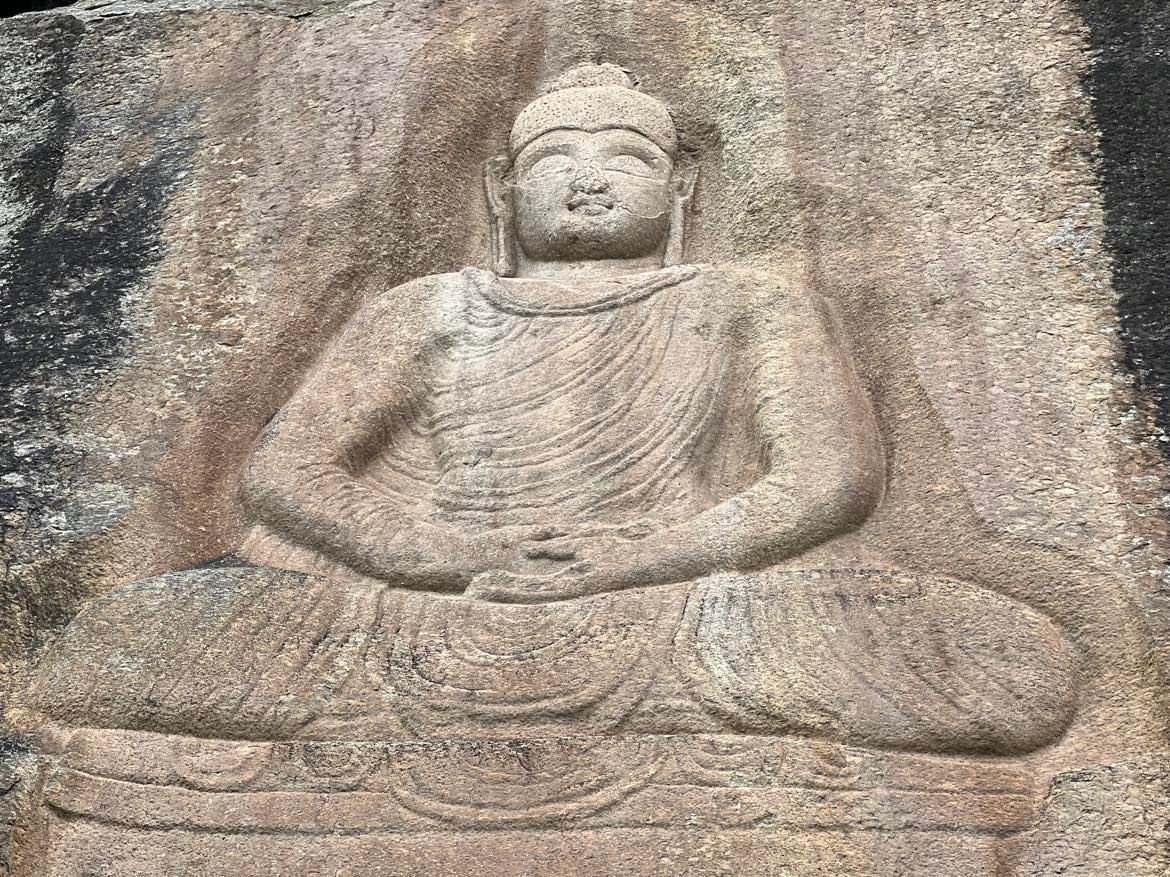In morning, we will drive to Taxila. Taxila was an Ancient Buddhist site in the Gandhara kingdom, where a number of monasteries and stupas are found. In Taxila we will visit Taxila museum; which holds the Buddhist Artifacts in which the story of Buddha is vividly craved and the collection of Gandharan art. Secondly, we will visit Darmarajika Stupa, also referred as the Great Stupa of Taxila. It was built in 2nd century CE by Kushans, which in 1980 was inscribed as a UNESCO world Heritage Site. Then we will visit the Sirkup City of Greek architecture which is embedded with different monuments including Buddhist eagle stupa, Jainist Temple, Zoroastrian temple all present and enclosed in a single ancient city of Sirkup. We will the visit the monastery of Julian and Mohra Muradu which were also built by the Kushans, at a peaceful and high beautiful location. Overnight in hotel (Approximately 3 to 4 hrs drive).



